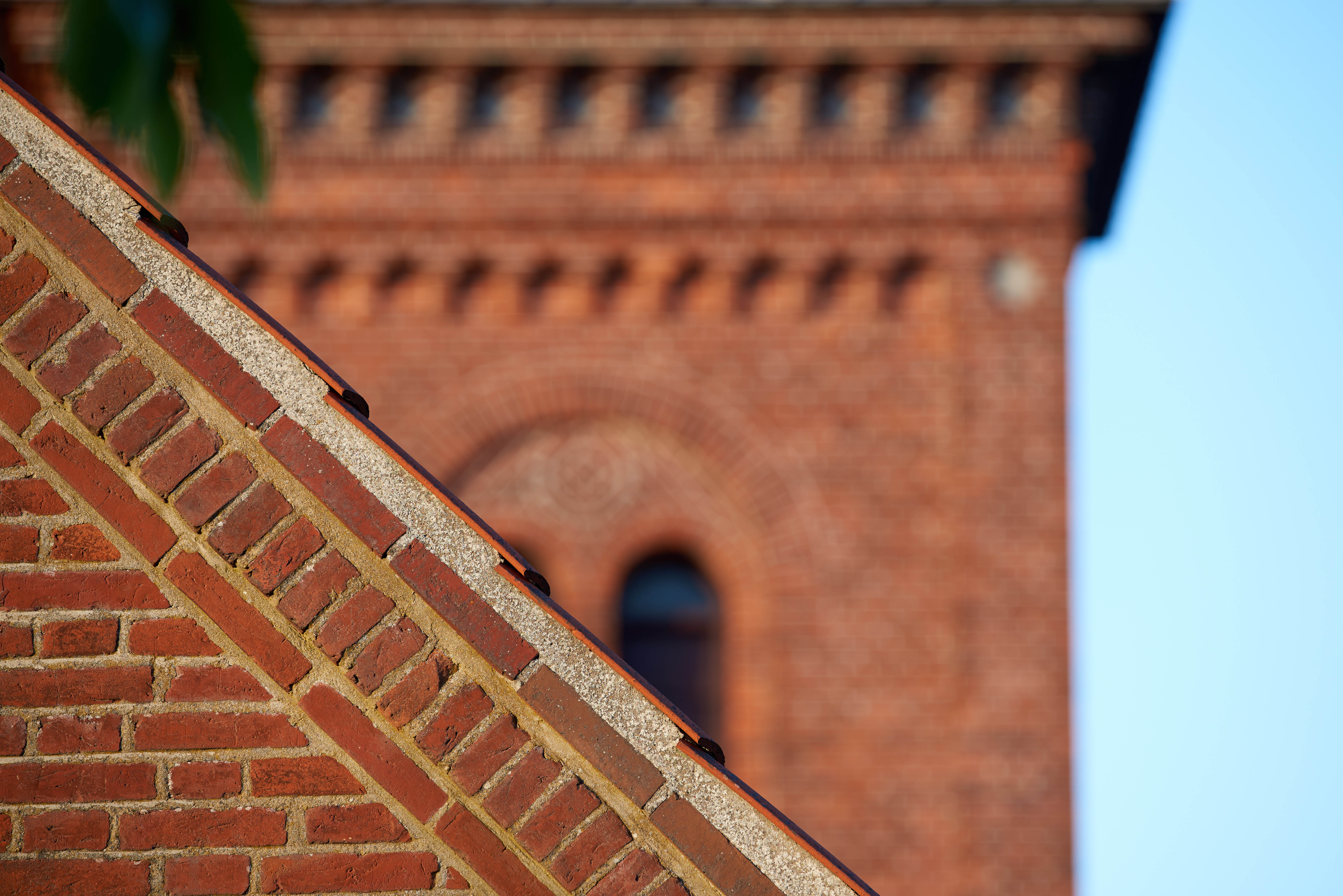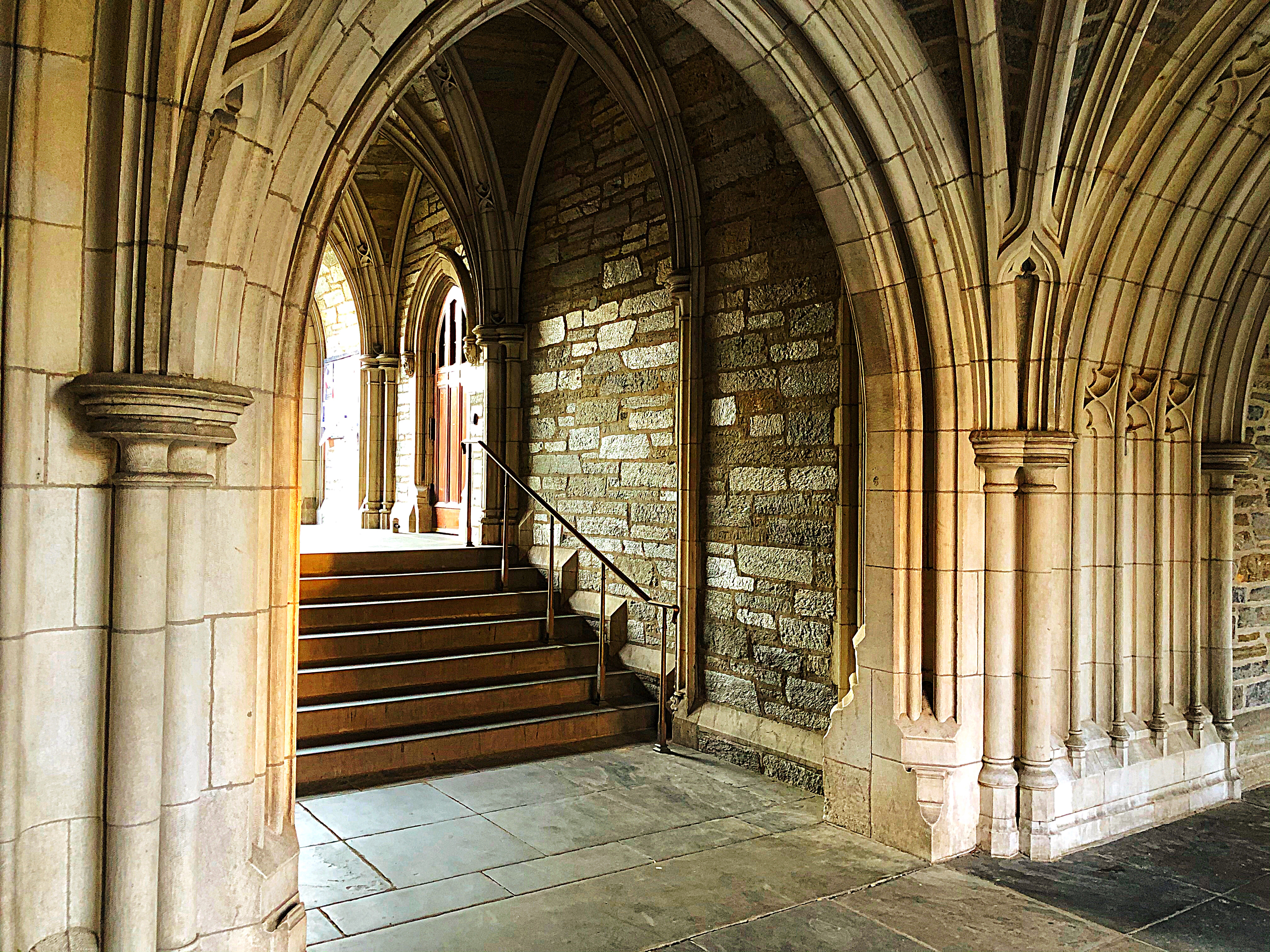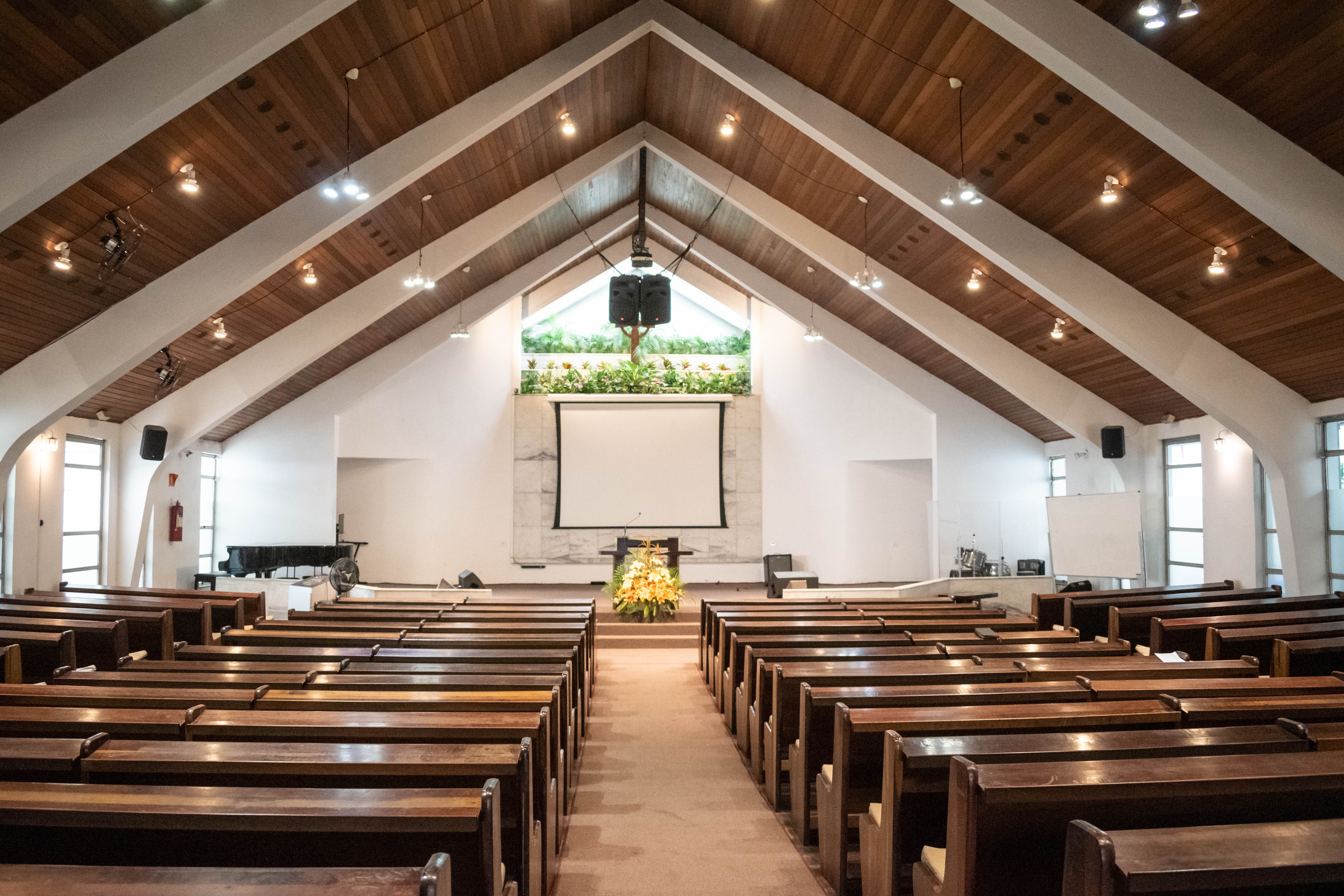How to Modernize Your Church While Preserving Its Historic Character
How to Modernize Your Church While Preserving Its Historic Character
.jpg)
Modernizing a church while preserving the history and meaning that run through every detail is a delicate task. The stained glass, carved wood, and time-worn pews tell a story that connects generations, yet the space also needs to meet today’s expectations for comfort, accessibility, and efficiency. The challenge is to bring these worlds together without disrupting worship or the community programs that rely on the building every week.
Renovating a sacred space requires thoughtful planning, a deep respect for heritage, and a clear vision for the future. With the right approach, you can protect the elements that make your church unique while introducing updates that strengthen its ability to serve.
This article will share strategies for blending preservation with modernization so your church continues to inspire, welcome, and support its congregation for years to come.

Every Brick Tells a Story, but Can It Support Modern Ministry?
Churches are more than physical structures. They are living spaces where generations gather, worship, and share in the life of the community. Over time, however, even the most beautiful and historically significant buildings face practical challenges. Outdated systems, accessibility limitations, and inefficient layouts limit your ability to meet the needs of a modern congregation.
Handling renovations with care strengthens your building’s functionality while protecting the history that makes it meaningful. The goal is not to erase the past but to create a space where tradition and progress coexist.

3 Upgrades That Feel Like They Have Always Been There
1. Blend Instead of Replace
Keep the craftsmanship that defines your building, from intricate woodwork to stone details. When replacements are necessary, choose materials and finishes that complement the original design so the updates feel timeless rather than temporary.
2. Invisible Infrastructure
Improve comfort and safety without altering the appearance of the space. You can integrate technology, such as audio-visual systems, discreetly so it supports services without distracting from the architecture.
3. Accessibility That Respects the Design
Add ramps, adjust thresholds, and improve restroom layouts in ways that feel natural to the flow of the building. You can meet ADA requirements with sensitivity, ensuring all members and visitors feel welcome without compromising the church’s aesthetic.
Rethinking Fellowship Spaces for Modern Ministry
Fellowship spaces are often the heart of community engagement, and many churches find these areas underused or outdated. Renovations let you rethink how these rooms serve the congregation.
Transform underutilized rooms into flexible spaces for outreach, youth programs, and community events. Select durable finishes that reflect the church’s character, ensuring the space is both beautiful and functional. Create multipurpose areas that can shift from hosting Sunday gatherings to weekday programs with ease.
By designing fellowship areas with adaptability in mind, you expand the church’s reach and make better use of its resources.
Where Most Church Renovations Go Wrong
Even with the best intentions, certain missteps cause frustration, delays, and costly changes. Avoid these common pitfalls:
- Removing signature features in the name of modernization.
- Starting construction without a preservation-focused plan.
- Overlooking essential code updates until late in the project.
- Neglecting to gather congregation input on which spaces feel most sacred.
These mistakes erode trust and compromise the balance between honoring tradition and enhancing functionality. Addressing them early sets the stage for a smoother, more successful renovation.

Bringing Modern Functionality to Historic Sacred Spaces
A successful church renovation begins with listening. The most effective plans begin with understanding which architectural details and design elements hold the greatest meaning for your congregation. From there, you can develop a renovation strategy that supports modern needs without altering the building’s spirit.
Coordinating design and construction within one team streamlines timelines and budgets. Every stage of the process prioritizes both the heritage of the building and the practical needs of the ministry. When done well, the result is a church that feels familiar yet functions better than ever before.
Preserve History and Enhance Functionality by Choosing Beta Construction for Your Church Renovation
Beta Construction specializes in helping churches modernize while protecting what makes them unique. Our team works closely with leadership to identify sacred features, integrate modern systems with care, and phase work to keep worship and programs running.
When you choose Beta Construction, you gain a partner who values your church’s legacy as much as you do. Together, we can create a space that serves your congregation today while preserving its story for future generations. Contact us today!
